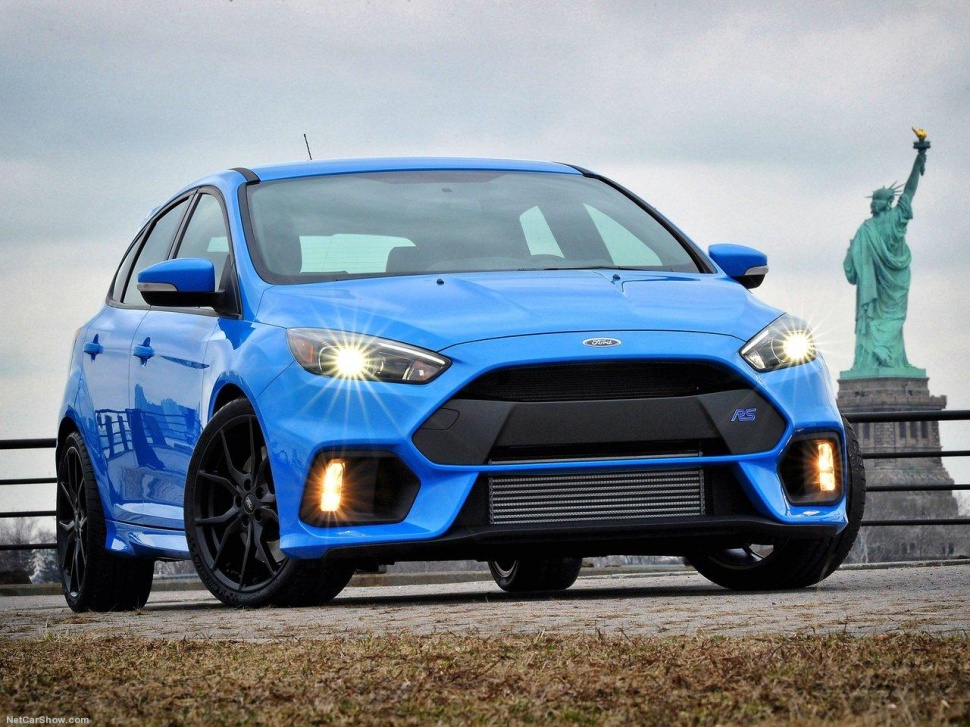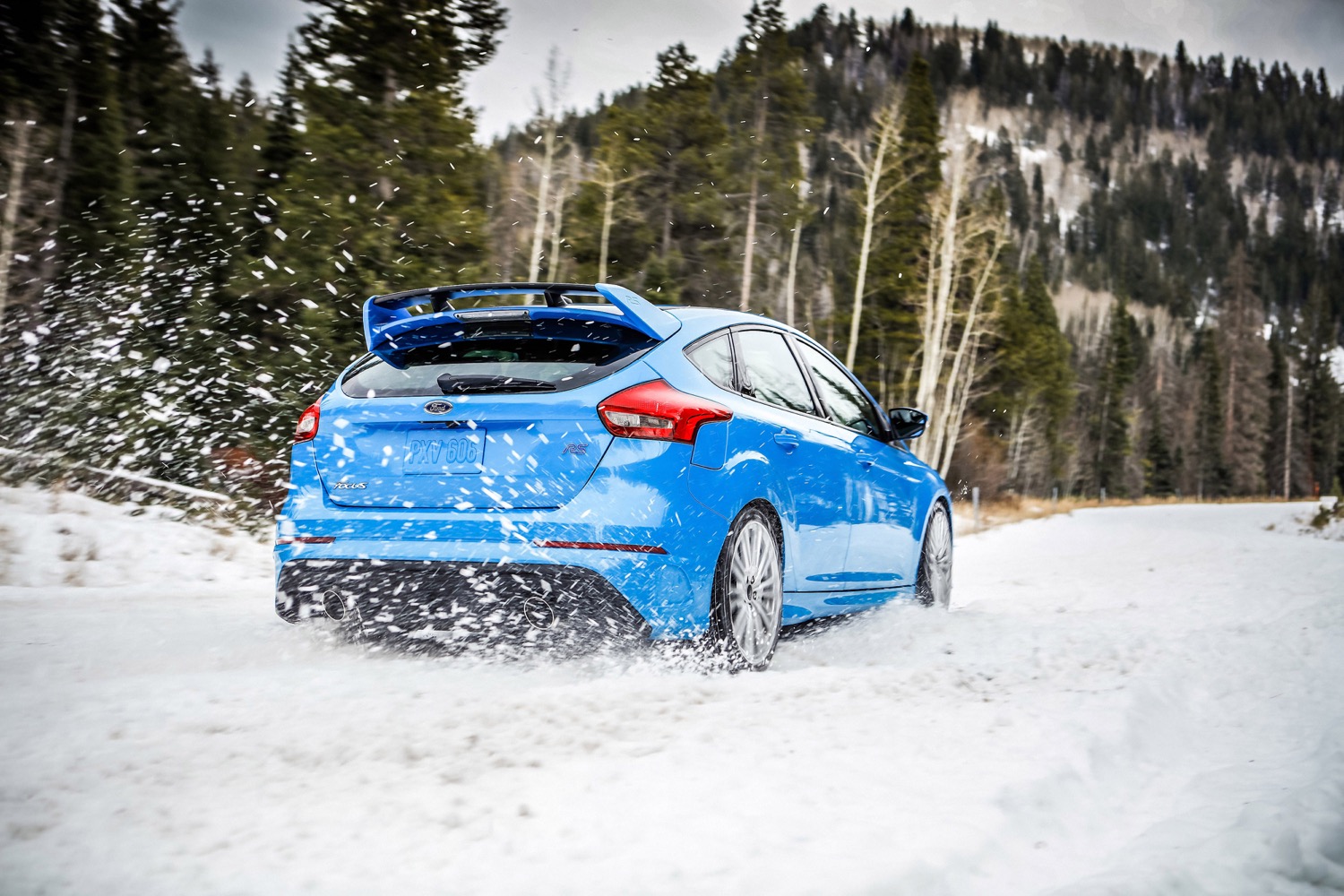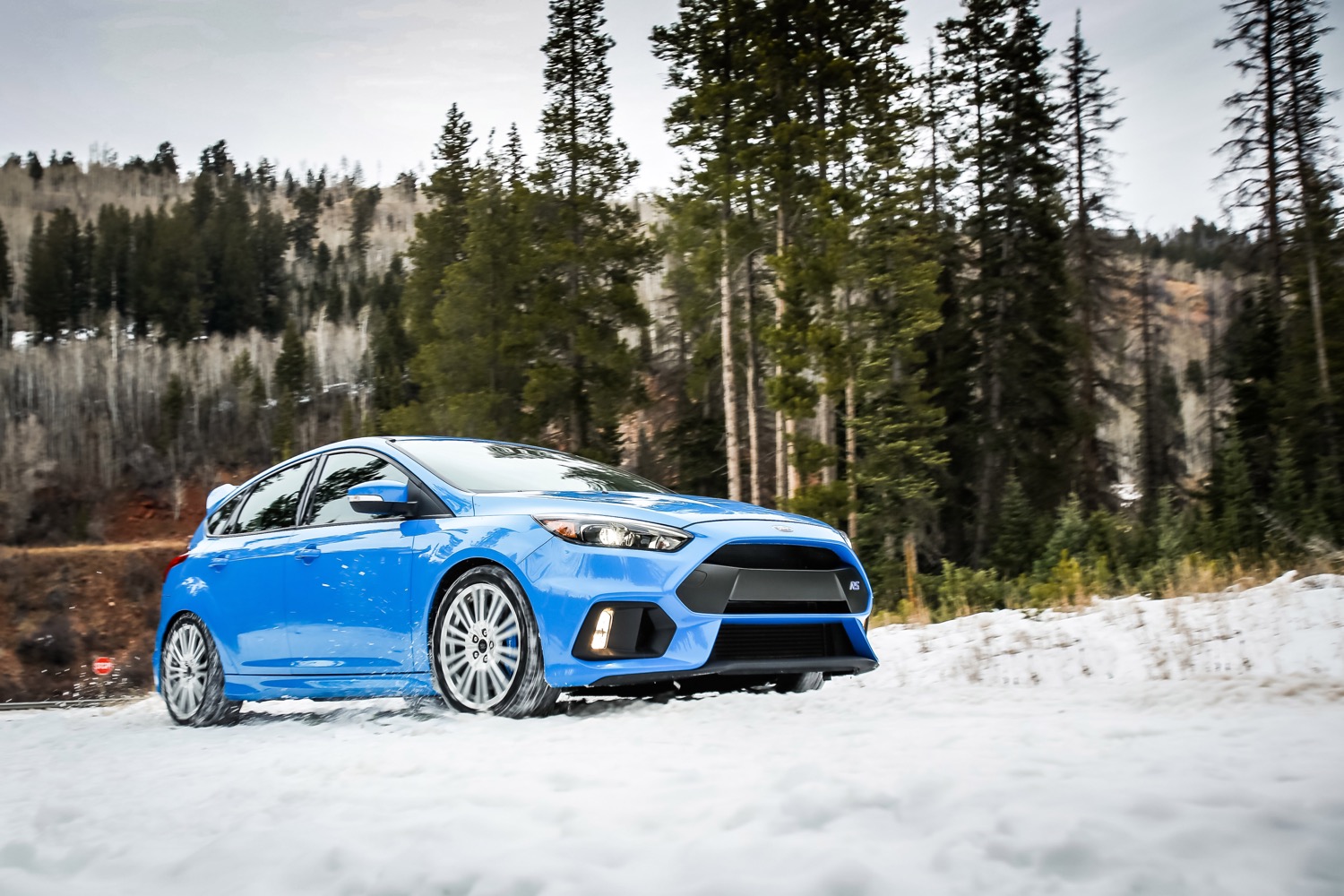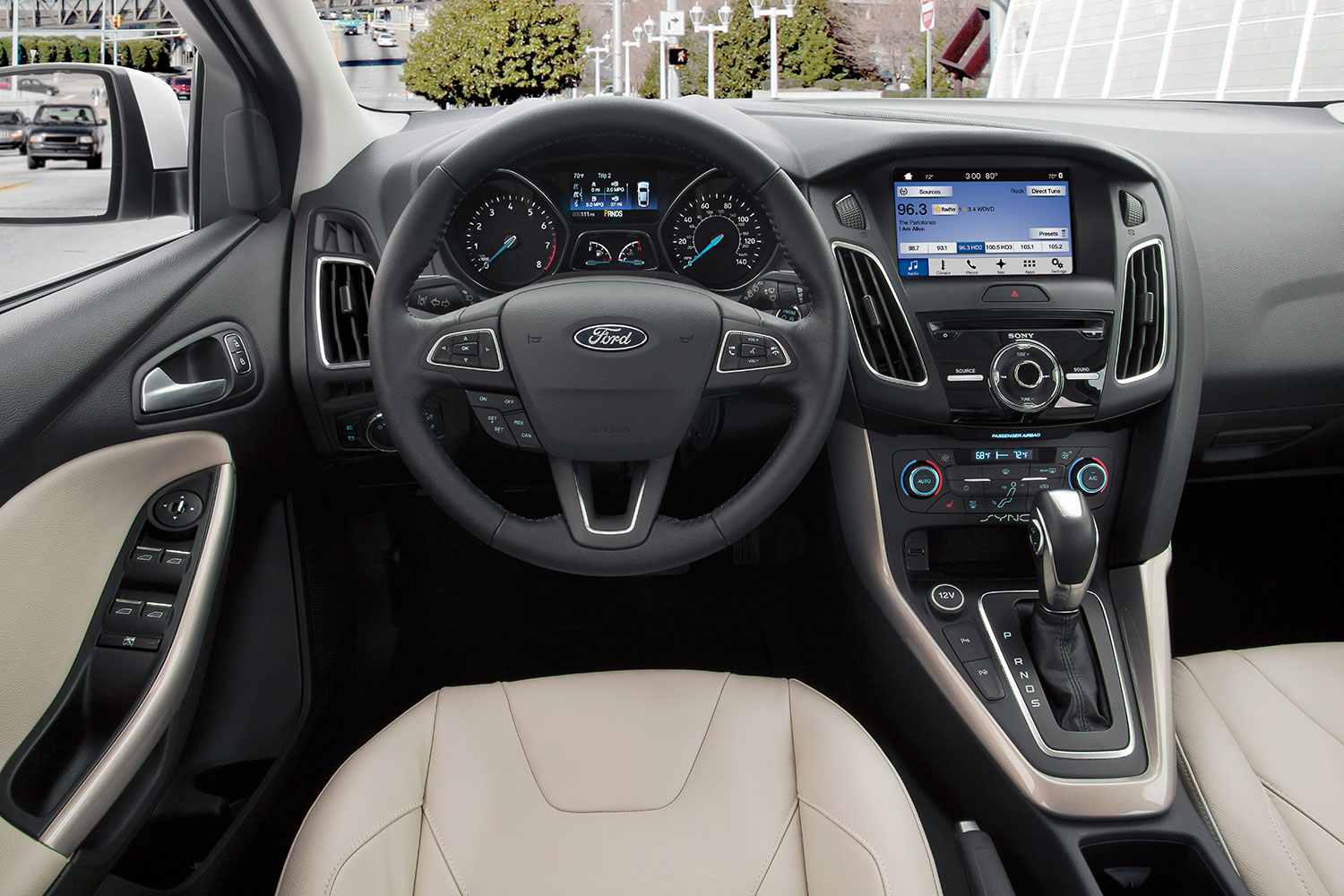
The issue came to light initially after various postings through online community forums, like FocusRS.org, hailed the attention of Jalopnik in November.
There, thousands of posts accumulated, all from concerned owners of the brand-spanking’ new Focus RS who were experiencing the same issues: misfiring, more than normal amounts of white smoke, the smell of coolant in the exhaust, a check engine light, a loss of HVAC heating capabilities, and more. While it sounds like all the symptoms of a failed head gasket, new developments linked the cause to a faulty head design, leading to warped cylinder heads from oversensitivity to the everyday heat cycle of starting a cold motor and warming it up to optimal operating temperature.
A warped cylinder head is no small mishap, which prevents the head (the top half of the engine consisting of the valvetrain) from being properly seated onto the block. When improperly mounted, it compromises the integrity of the head gasket. And the head gasket creates the necessary seal between the head and the block to maintain compression while keeping internal fluids like coolant and oil from leaking into the cylinders during the combustion cycle as they flow through engine.
However, it isn’t just isolated to models sold in a particular market, with owners in Europe and North America taking to various forums and online communities to share their Focus RS woes. Now, several months following initial complaints, Ford apparently acknowledged the issue officially in a recent report from Autocar.
Currently, a spokesman for Ford told the outlet that a fix is in the works for all customers, even for those not experiencing issues. However, the company didn’t comment as to whether or not such a large-scale problem would lead to a global recall. So far, Ford admitted to replacing several engines already for those severely affected by this issue.
Interestingly, the Ford Focus RS’s 2.3-liter turbocharged EcoBoost four-cylinder is essentially the same basic motor design found in the turbo-four-powered Ford Mustang EcoBoost. Though despite being very similar, Ford Mustang owners haven’t experienced the same issues, given that the version in the Focus RS gets its own bespoke head gasket design and an upgraded cast-iron lining to compensate for the car’s increased output over the version found in the Mustang EcoBoost.
We reached out to Ford to see how progress is going with the fix and we will update this post if we receive a response.
Update: We received a response from one of Ford North America’s product communication managers, who confirms that engineers are working on a fix:
“Ford is aware that some 2016-17 Focus RS customers have experienced concerns with their engines, which may initially show white exhaust smoke and/or coolant consumption. We are working on a repair for all customers. In the meantime, if vehicles show these symptoms, customers should visit their dealer for an inspection and repair under warranty.”
Editors' Recommendations
- Ford recalls nearly 1.9 million Explorer SUVs over safety issue
- AT&T brings 5G cellular connectivity to Ford F-150 Lightning and production line
- Ford Bronco R off-road racer shares DNA with upcoming production model
- Discover the engineering Easter eggs in the new 2020 Ford Explorer
- Ford recalls 58,000 Focus cars for a fault it failed to fix in earlier recall













